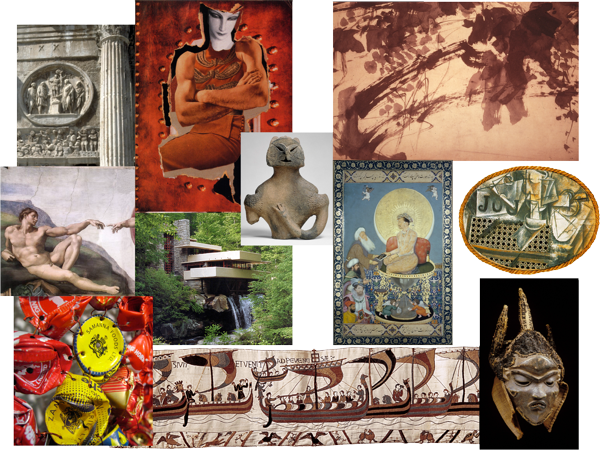Art Across Cultures

Humans have always been makers, yet only some forms of making are and have been viewed as art. Ideas about what counts as art vary both within and across cultures, and across different times and places. These ideas matter. They tell us not just about art, but also about the cultures, social networks, institutions, and value systems in which art circulates. Throughout history and across the globe, artfully designed objects, architecture, sculpture, and pictures have functioned in crucial ways—to separate high from the low, to bridge the earthly and the spiritual, to persuade, to envision rulers and domains, to mobilize dissent, to create imagined communities, to provoke thought, and to give pleasure. In this course we look at a range of case studies to investigate art from many parts of the world and many time periods. Lectures are organized topically, with broad geographic representation so as to explore naturalism, abstraction, social uses of art, cultural politics, constructions of gender, the status of artists, the fate of monuments, and more, as issues pertinent to art production generally, rather than the province of a particular nation or culture. By learning about how different cultures have defined, made, or deployed visual art, you will sharpen your analytical skills, both visual and verbal, while developing a more global understanding of human creativity and diversity, and an awareness of ways that art has functioned in the past and how it continues to make a difference in the world.
Textbooks/Other Materials: Weekly readings available in PDF on Canvas.
Course Requirements: Attendance at lectures, informed participation in weekly discussions two exams based on images, one take-home essay exam.
Intended Audience: Undergraduate students in any field, no prior knowledge required
Class Format: Three 50-minute lectures and one 50-minute discussion section weekly
Estimated Cost of Materials: $0-50
HISTART Distribution Requirements do not apply to this lecture
This course fulfils the LSA Humanities Distribution requirement